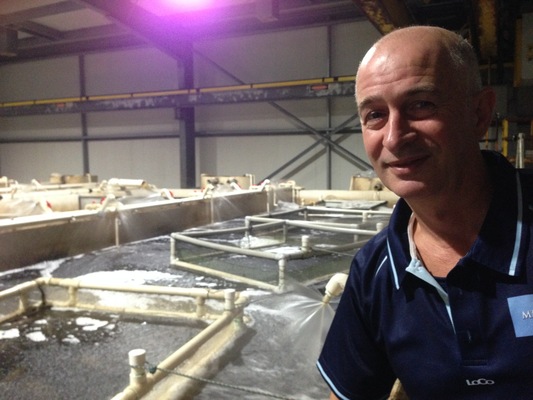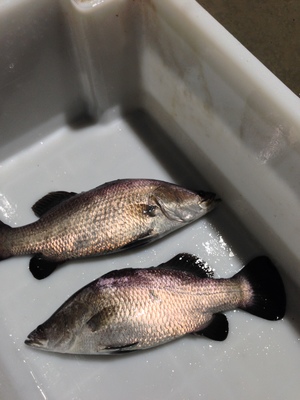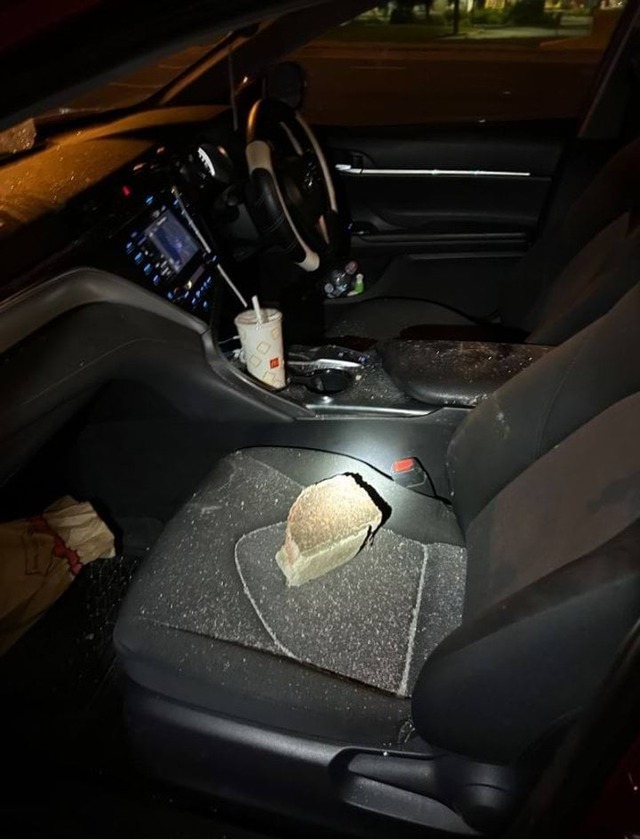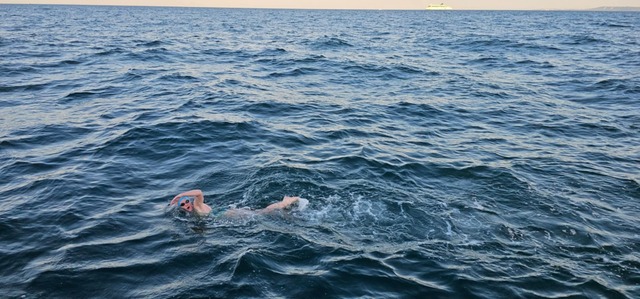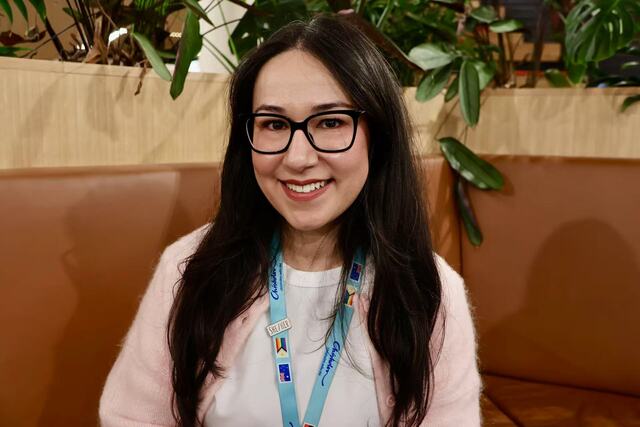By CASEY NEILL
Civil engineer Andrew Grant once worked in waste treatment and now runs the second-biggest barramundi farm in the state.
And Melbourne Barra in Bangholme will take top spot once expansion plans, to be finalised later this year, become a reality.
“We started as a concept for a yabby farm. That was done during the drought,” Mr Grant said.
“The drought broke and the market got saturated with cheap yabbies from New South Wales.
“We moved to fin fish.”
The farm now moves 50 tonnes of live barramundi each year and has the potential to expand to 600 tonnes.
“We essentially supply live fish to the restaurant market all around Melbourne,” Mr Grant said.
The Victorian Agribusiness Council (VAC) hosted the week-long Red Majesty Chefs Tour, which included a day in Greater Dandenong on Wednesday 8 June.
The Malaysian chefs started their day in the municipality at Melbourne Barra where they watched a fish feeding, tasted smoked eel and collected fresh barramundi, cod, silver perch and abalone for their lunch at My Cambodia in Springvale.
Mr Grant hopes the visit will support his export ambitions for chilled whole fish and fillets.
The farm grows barramundi from baby fish.
“We get in 25,000 a quarter. They go out the door at about half a kilo to one kilo,” he said.
“Ideally we’d like to do our own hatchlings and become self-sufficient.”
The business also brings in and distributes Murray cod, silver perch, eels and abalone grown elsewhere.
“We’ve just had some Balmain bugs come through and they all sold out so we’ll be getting more in,” Mr Grant said.
“We’ll be getting rock lobster, snow crabs.”
The eels are from out past Geelong and are stored in tanks with a lower water level, such is their reputation for escaping.
“Nothing here is wild caught apart from the eel, because there are no farms at the moment,” Mr Grant said.
The abalone are also from down Geelong way, from a sustainable farm. He moves about 100kg each week.
He works alongside farm manager Ryan Burniston and student Tom De Vos, and has three part-time contract drivers.
The planned expansion would boost the full-time staff levels to eight.
Mr Burniston has worked in the industry for the past 10 years and has a Bachelor of Applied Aquaculture.
Mr De Vos attends school once a fortnight for his Bachelor of Agriculture studies, majoring in aquaculture.
It’s an industry that struggles in Victoria due to a lack of State Government support, Mr Grant said, his colleagues both nodding in agreement.
“There’s not a lot of aquaculture in Victoria,” he said.
“It sucks, actually.
“There will be shortage of good quality fish in this state.”
The Melbourne Barra facility has 100mm-thick foam walls with a metal skin which keeps in the noise of 16 pumps running full-time and maintains a balmy 28-degree environment.
Tiny pieces of plastic do the heavy lifting in terms of keeping the water clean.
“We use microbes and put them to work for us,” he said.
“It’s a little plastic home for the microbes.
“We have something like 20 million of these things in our system.
“They take the ammonia out of the water and they convert it to nitrite.
“The there’s another set of bacteria that take the nitrite and convert it to nitrates.”
Mr Grant said that heating the water was a big cost.
“If you haven’t got these microbes cleaning the water for you, you’ve got to throw out the old water and bring in new water, which is cold, then heat it up again,” he said.
“By recirculating the water longer, our costs go down.
“Daily we replace 2 to 5 per cent of our water.”
Water flows from each side of the tanks into the middle, where it falls into a drain and recirculates.
It gives the fish a current and keeps them active.
“Otherwise they build up fatty deposits in their stomachs,” he said.
“They’re lean mean fighting machines and it shows on the dinner plate.”
Barramundi and abalone at Melbourne Barra.


